Home>Gardening & Outdoor>Landscaping Ideas>How Often To Bag Your Grass
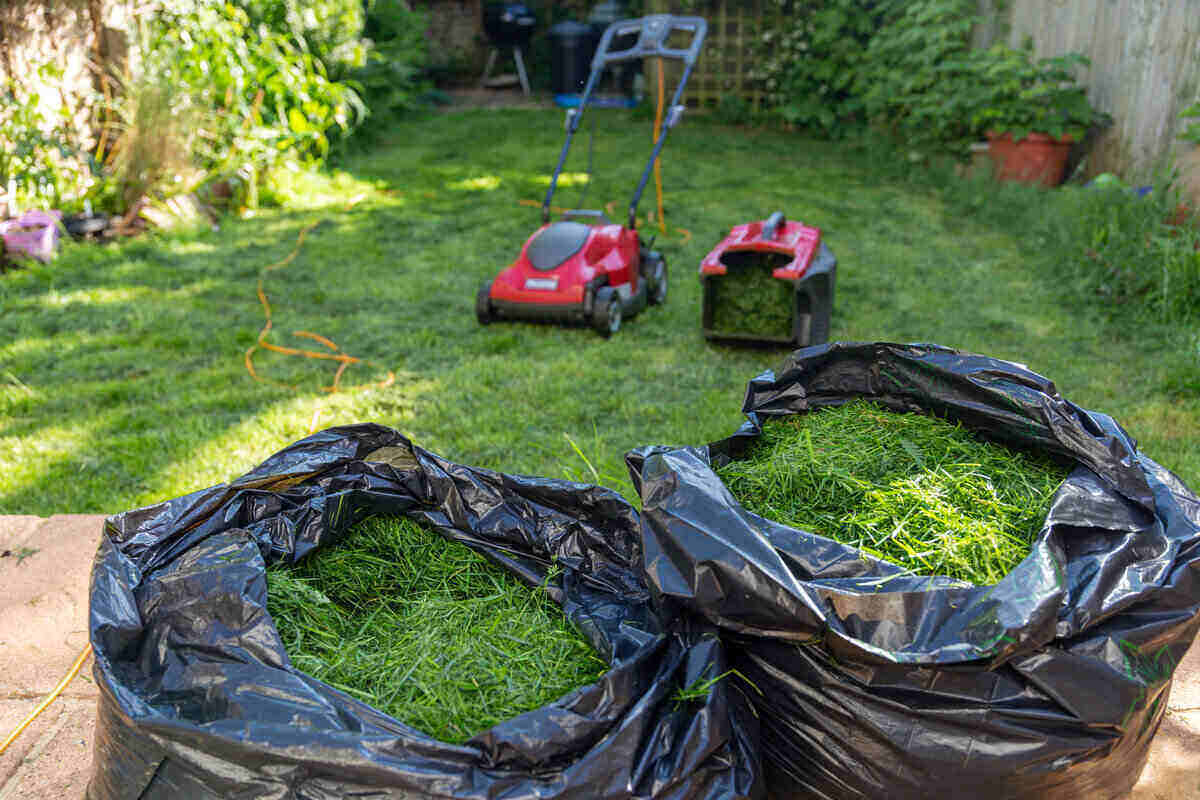

Landscaping Ideas
How Often To Bag Your Grass
Modified: October 19, 2024
Discover the best landscaping ideas for grass maintenance and learn how often to bag your grass for a healthy and vibrant lawn. Explore expert tips and techniques today!
(Many of the links in this article redirect to a specific reviewed product. Your purchase of these products through affiliate links helps to generate commission for Storables.com, at no extra cost. Learn more)
Introduction
Read more: How Often To Mow The Grass
Introduction
Maintaining a lush, green lawn is a source of pride for many homeowners. One of the essential tasks in lawn care is mowing, and the decision of whether to bag the grass clippings or leave them on the lawn can have a significant impact on its health and appearance. Bagging grass clippings involves collecting and removing them from the lawn after mowing, while mulching leaves the clippings on the lawn to decompose and return nutrients to the soil.
Understanding the best approach for handling grass clippings is crucial to achieving a healthy and vibrant lawn. In this article, we will explore the benefits and drawbacks of bagging grass, provide insights into how often it should be done, and offer valuable tips for maintaining a well-groomed lawn. Whether you are a seasoned lawn care enthusiast or a novice homeowner looking to enhance your lawn care routine, this comprehensive guide will equip you with the knowledge to make informed decisions about bagging grass and optimizing the health and beauty of your lawn.
Key Takeaways:
- Bagging grass clippings can improve the look of your lawn and prevent thatch buildup, but it may lead to nutrient loss and increased maintenance effort. Consider your lawn’s needs and weigh the pros and cons.
- The frequency of bagging grass depends on factors like mowing frequency, clumping issues, and lawn conditions. Balance bagging with alternative methods like mulching and monitor your lawn’s response for optimal care.
Benefits of Bagging Grass
Bagging grass clippings offers several advantages that contribute to the overall health and aesthetics of your lawn. Understanding these benefits can help you make an informed decision about whether to bag your grass after mowing:
- Enhanced Aesthetics: Bagging grass clippings can instantly improve the visual appeal of your lawn by giving it a well-manicured and tidy appearance. Removing the clippings prevents them from clumping on the surface, leading to a neater and more uniform look.
- Prevention of Thatch Buildup: Thatch, a layer of dead grass and organic debris that accumulates on the soil surface, can hinder the healthy growth of your lawn. Bagging the clippings helps prevent thatch buildup, promoting better air and water penetration into the soil.
- Reduced Weed Spread: Bagging grass clippings can minimize the spread of weed seeds, preventing them from settling and germinating in your lawn. This proactive approach can contribute to a healthier and more weed-resistant lawn over time.
- Enhanced Nutrient Management: By removing grass clippings from the lawn, you have greater control over the distribution of fertilizers and soil amendments. This allows for more precise nutrient management, ensuring that your lawn receives the necessary nourishment for optimal growth.
- Improved Disease Control: Bagging grass clippings can help reduce the risk of disease spread in your lawn. Removing infected clippings can prevent the spread of fungal diseases and other pathogens, contributing to a healthier turf.
Considering these benefits, bagging grass can be a proactive strategy for maintaining a pristine lawn while promoting its long-term health and vitality.
Drawbacks of Bagging Grass
While bagging grass clippings offers certain benefits, it is important to consider the potential drawbacks associated with this lawn care practice. Understanding the limitations of bagging grass can help you weigh the pros and cons effectively:
- Nutrient Loss: Bagging grass clippings removes valuable nutrients from the lawn, as the clippings contain essential elements that can contribute to the soil’s fertility. This nutrient loss may necessitate additional fertilization to maintain the health of the lawn.
- Increased Maintenance Effort: Bagging grass clippings adds an extra step to the mowing process, requiring the collection and disposal of the clippings. This can increase the overall time and effort involved in lawn maintenance, especially for larger properties.
- Environmental Impact: Disposing of bagged grass clippings in landfills can contribute to environmental waste. While some municipalities offer grass clipping recycling programs, not all areas have convenient disposal options, leading to potential environmental implications.
- Cost Considerations: Bagging grass clippings may incur additional costs if you need to purchase specific equipment, such as a bagging attachment for your mower or yard waste bags for disposal. These expenses should be factored into your lawn care budget.
- Reduced Soil Health: Removing grass clippings can impact the soil’s microbial activity and organic matter content, potentially affecting its long-term health and resilience. This can lead to a less robust and biologically active soil environment.
Considering these drawbacks, it is essential to weigh the trade-offs of bagging grass clippings and assess how they align with your lawn care goals and priorities. By carefully evaluating the potential downsides, you can make an informed decision that best suits the needs of your lawn and your overall lawn care routine.
How Often to Bag Grass
Deciding how often to bag grass clippings depends on various factors, including the condition of your lawn, the frequency of mowing, and your specific lawn care goals. While there is no one-size-fits-all approach, several guidelines can help you determine the most suitable frequency for bagging grass:
- Mowing Frequency: If you mow your lawn infrequently and the grass has grown excessively long, it may be beneficial to bag the clippings to prevent them from smothering the lawn. In this scenario, bagging can help maintain the lawn’s health and appearance.
- Clumping and Aesthetic Concerns: If the grass clippings tend to clump on the lawn’s surface after mowing, leading to an uneven or unsightly appearance, bagging the clippings can address this issue and contribute to a tidier lawn.
- Thatch Management: If your lawn is prone to thatch buildup, periodic bagging of grass clippings can help prevent excessive thatch accumulation, promoting better airflow and moisture penetration into the soil.
- Disease or Weed Control: If your lawn has been affected by disease or weed issues, bagging the clippings when mowing can help mitigate the spread of pathogens or weed seeds, contributing to a healthier turf over time.
It is important to assess the specific conditions and needs of your lawn to determine the appropriate frequency for bagging grass. Additionally, monitoring the lawn’s response to bagging can provide valuable insights into whether this practice aligns with the overall health and appearance of your turf.
While bagging grass clippings can be beneficial in certain situations, it is essential to strike a balance and consider alternative methods, such as mulching, to promote soil health and nutrient recycling. By evaluating the condition of your lawn and adjusting your bagging frequency accordingly, you can optimize the care and maintenance of your lawn to achieve the desired results.
Bag your grass clippings every 1-2 weeks to prevent them from smothering the lawn. Leaving clippings on the lawn can lead to thatch buildup and hinder grass growth.
Read more: How Often To Water Zoysia Grass
Tips for Bagging Grass
Bagging grass clippings effectively requires attention to detail and a strategic approach to lawn care. Implementing the following tips can help you optimize the process of bagging grass while promoting the health and beauty of your lawn:
- Proper Mowing Height: Set your mower to the appropriate cutting height to avoid removing excessive grass blade lengths. This can minimize the volume of clippings and facilitate more efficient bagging.
- Sharp Mower Blades: Ensure that your mower blades are sharp to achieve clean cuts, reducing the likelihood of ragged grass edges that can impede efficient bagging and contribute to clumping.
- Bagging Attachment: If your mower is equipped with a bagging attachment, ensure that it is properly installed and functioning to effectively collect the grass clippings during mowing.
- Bagging in Dry Conditions: Whenever possible, mow and bag the grass clippings in dry conditions to prevent the clippings from becoming excessively heavy and prone to clumping in the collection bag.
- Even Distribution: When bagging grass clippings, aim to distribute the weight evenly in the collection bag to maintain balance and prevent potential strain on the mower or the collection system.
- Disposal Considerations: If you are disposing of bagged grass clippings, explore environmentally friendly options such as composting or local recycling programs to minimize waste and contribute to sustainable lawn care practices.
- Observation and Adjustment: Monitor the condition of your lawn after bagging grass clippings and assess how it responds to this practice. Adjust your bagging frequency and techniques based on the lawn’s performance and appearance.
By incorporating these tips into your lawn care routine, you can enhance the effectiveness of bagging grass clippings and contribute to the overall well-being of your lawn. Additionally, staying attentive to the condition of your lawn and making adjustments as needed can lead to more successful outcomes in bagging grass for a thriving and visually appealing lawn.
Conclusion
Bagging grass clippings is a nuanced aspect of lawn care that requires thoughtful consideration and a tailored approach based on the specific needs of your lawn. While it offers benefits such as enhanced aesthetics and disease prevention, it is essential to weigh these advantages against potential drawbacks such as nutrient loss and increased maintenance effort. Understanding how often to bag grass and implementing effective tips for the process can contribute to a well-maintained and healthy lawn.
Ultimately, the decision to bag grass should align with your lawn care goals, the condition of your lawn, and your commitment to sustainable lawn care practices. By evaluating the unique characteristics of your lawn and monitoring its response to bagging, you can make informed decisions that promote the long-term health and beauty of your turf.
Whether you choose to bag grass clippings regularly, intermittently, or not at all, the key lies in maintaining a balanced approach to lawn care. Considering alternative methods such as mulching and adopting environmentally friendly disposal practices can further enhance the sustainability of your lawn care routine.
By integrating the insights and tips provided in this guide, you can navigate the practice of bagging grass with confidence, knowing that your decisions are informed by a holistic understanding of the impact on your lawn’s health and appearance. With a proactive and attentive approach to lawn care, you can cultivate a vibrant and well-groomed lawn that becomes a source of pride and enjoyment for years to come.
Frequently Asked Questions about How Often To Bag Your Grass
Was this page helpful?
At Storables.com, we guarantee accurate and reliable information. Our content, validated by Expert Board Contributors, is crafted following stringent Editorial Policies. We're committed to providing you with well-researched, expert-backed insights for all your informational needs.

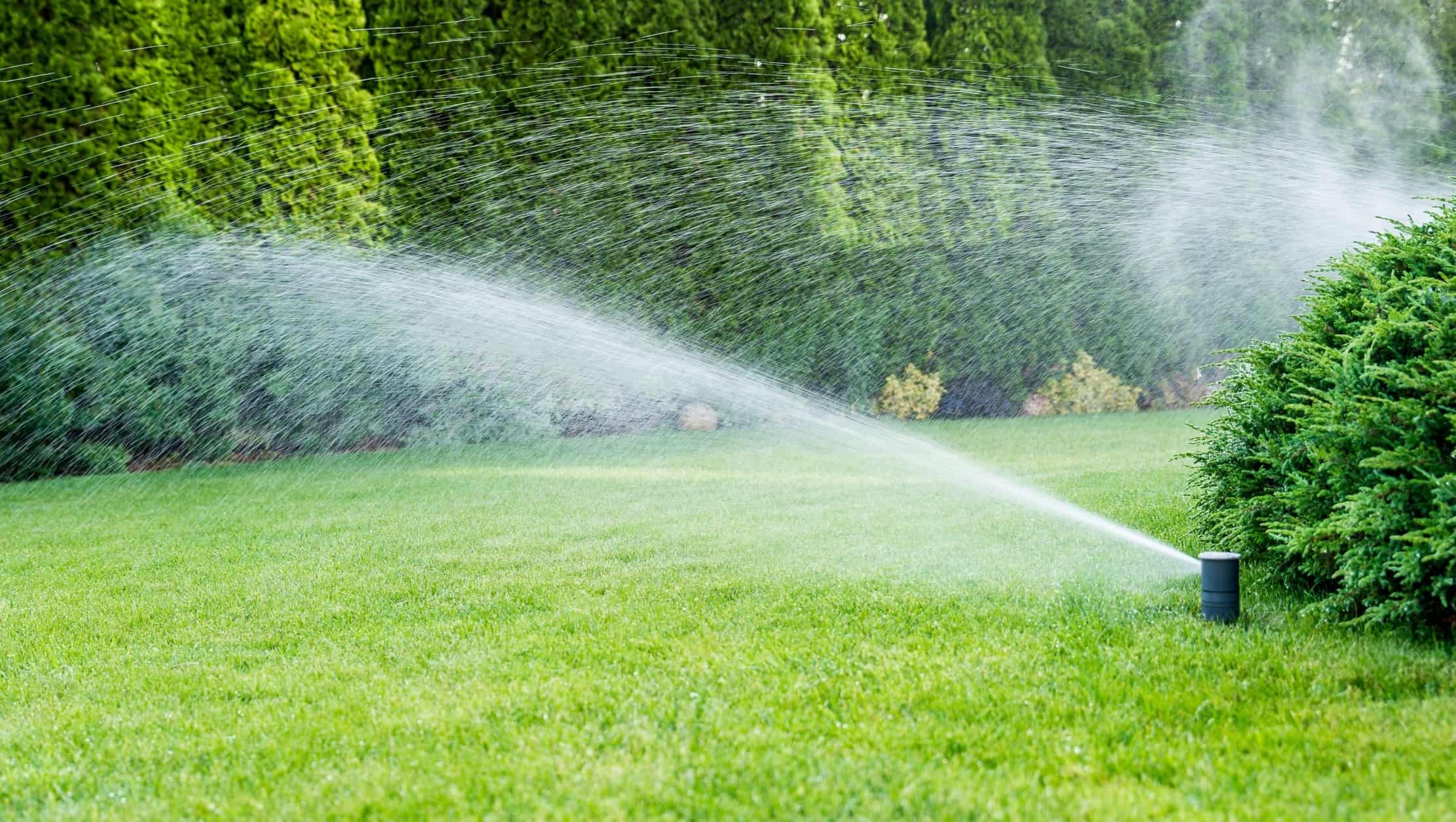
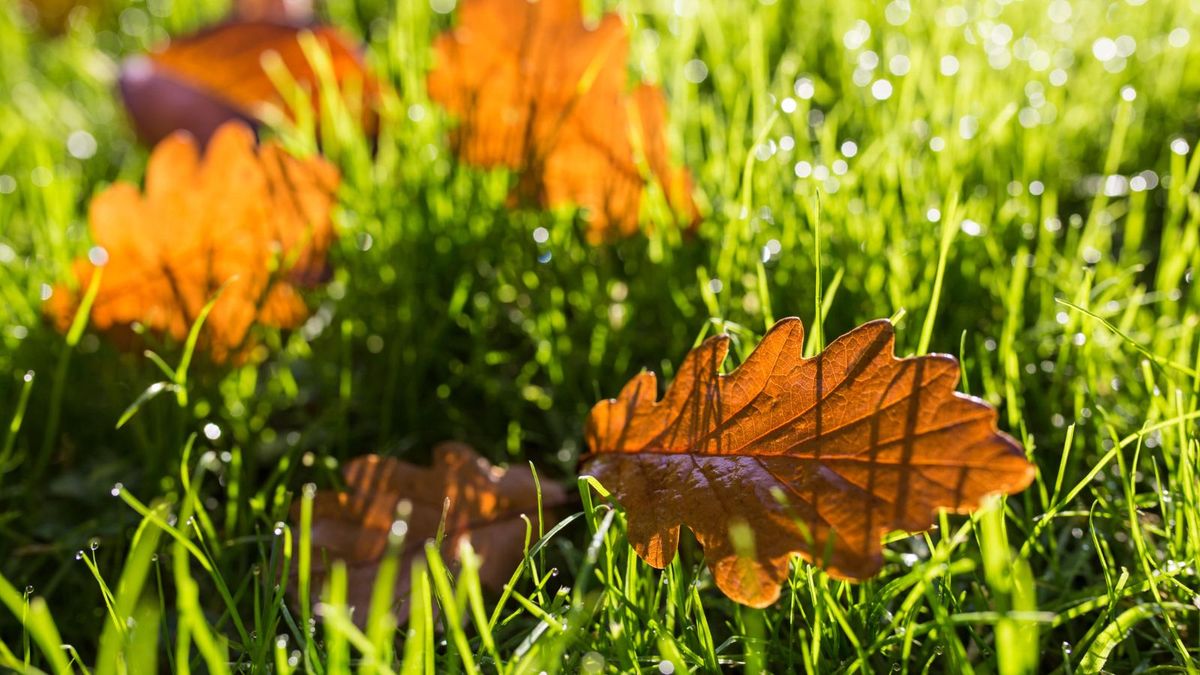
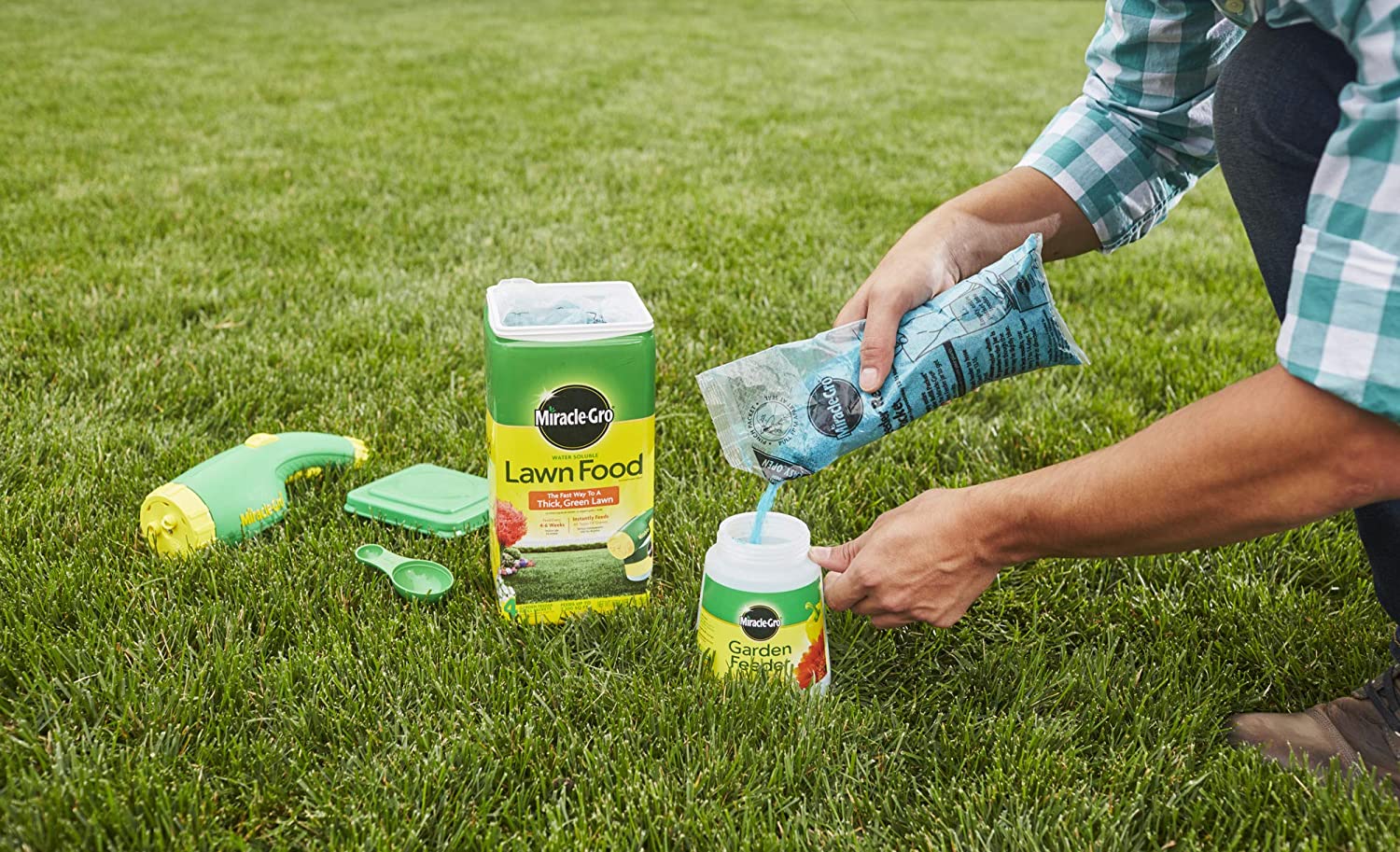
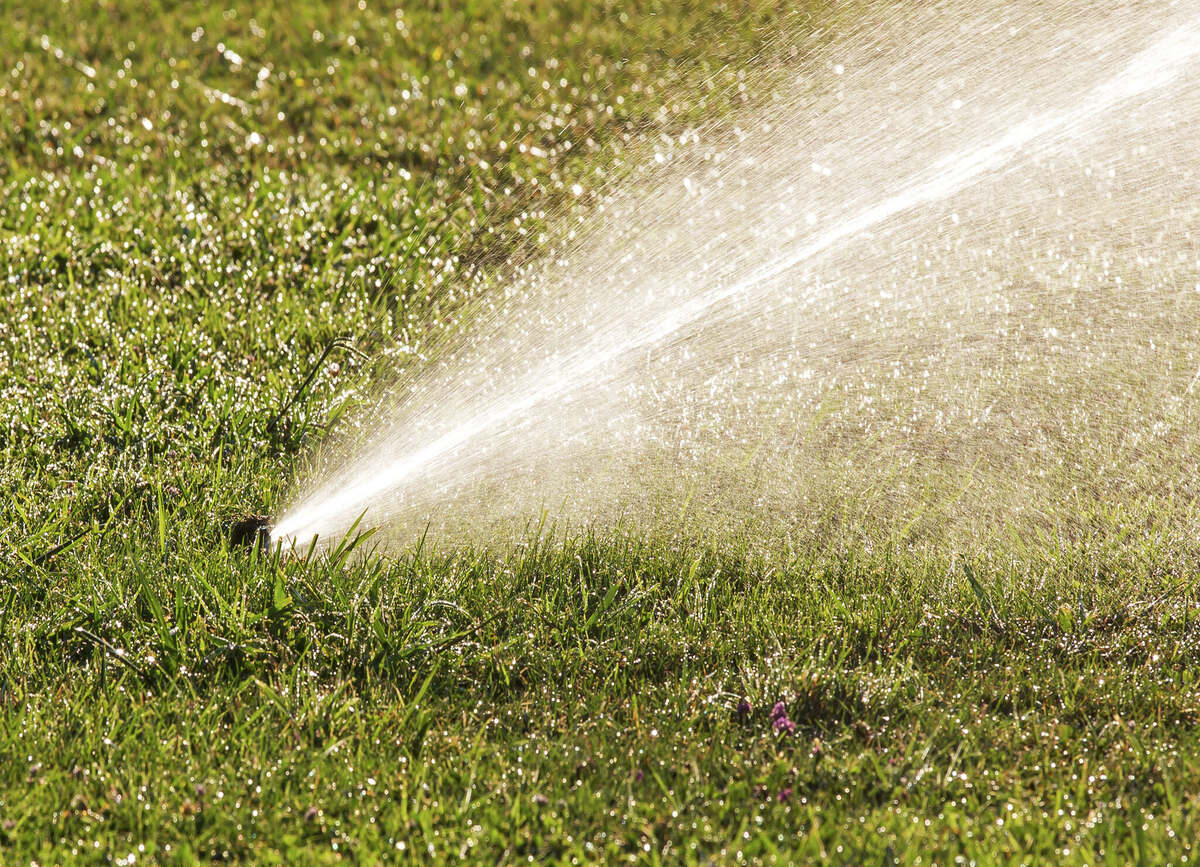
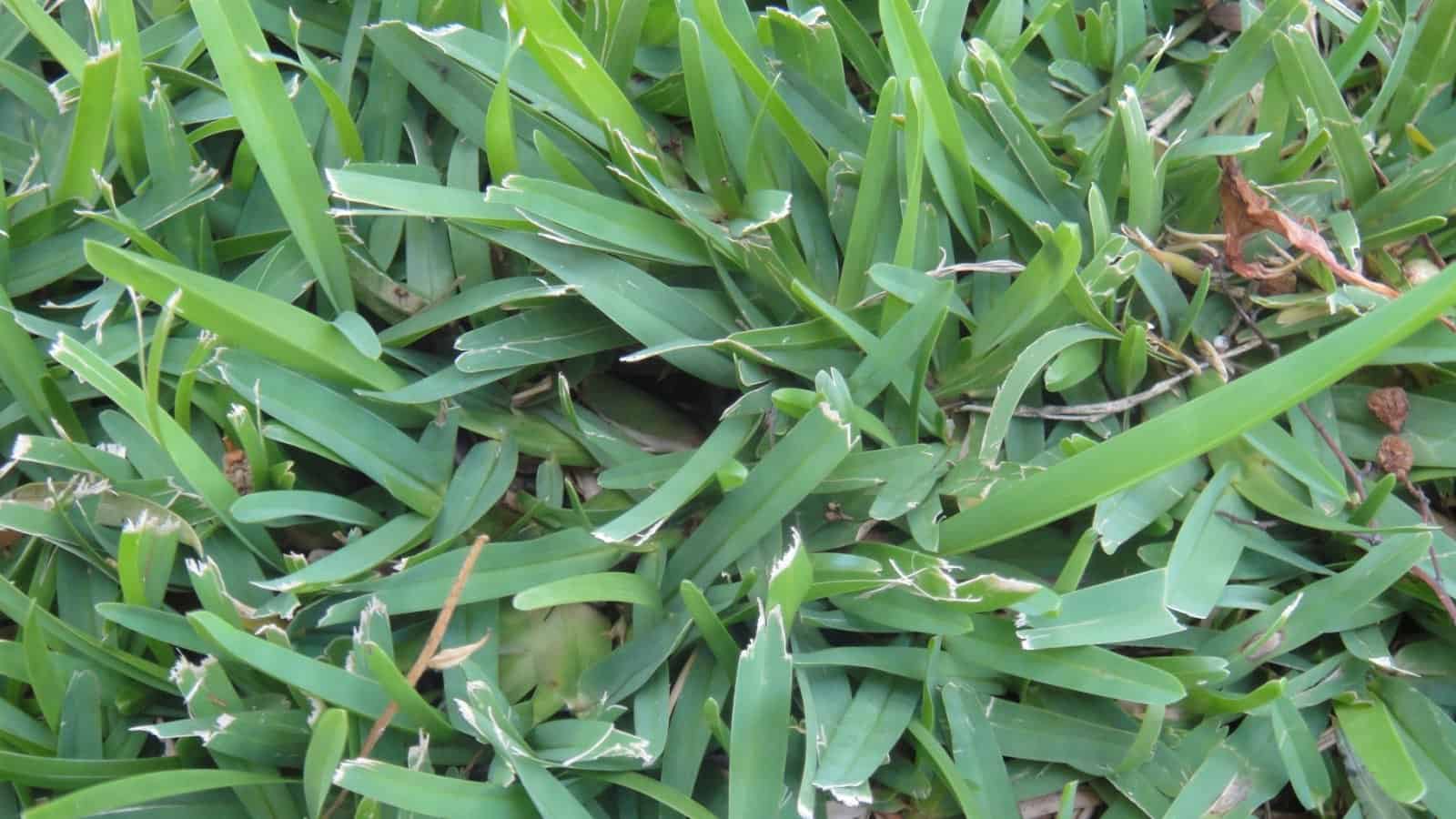
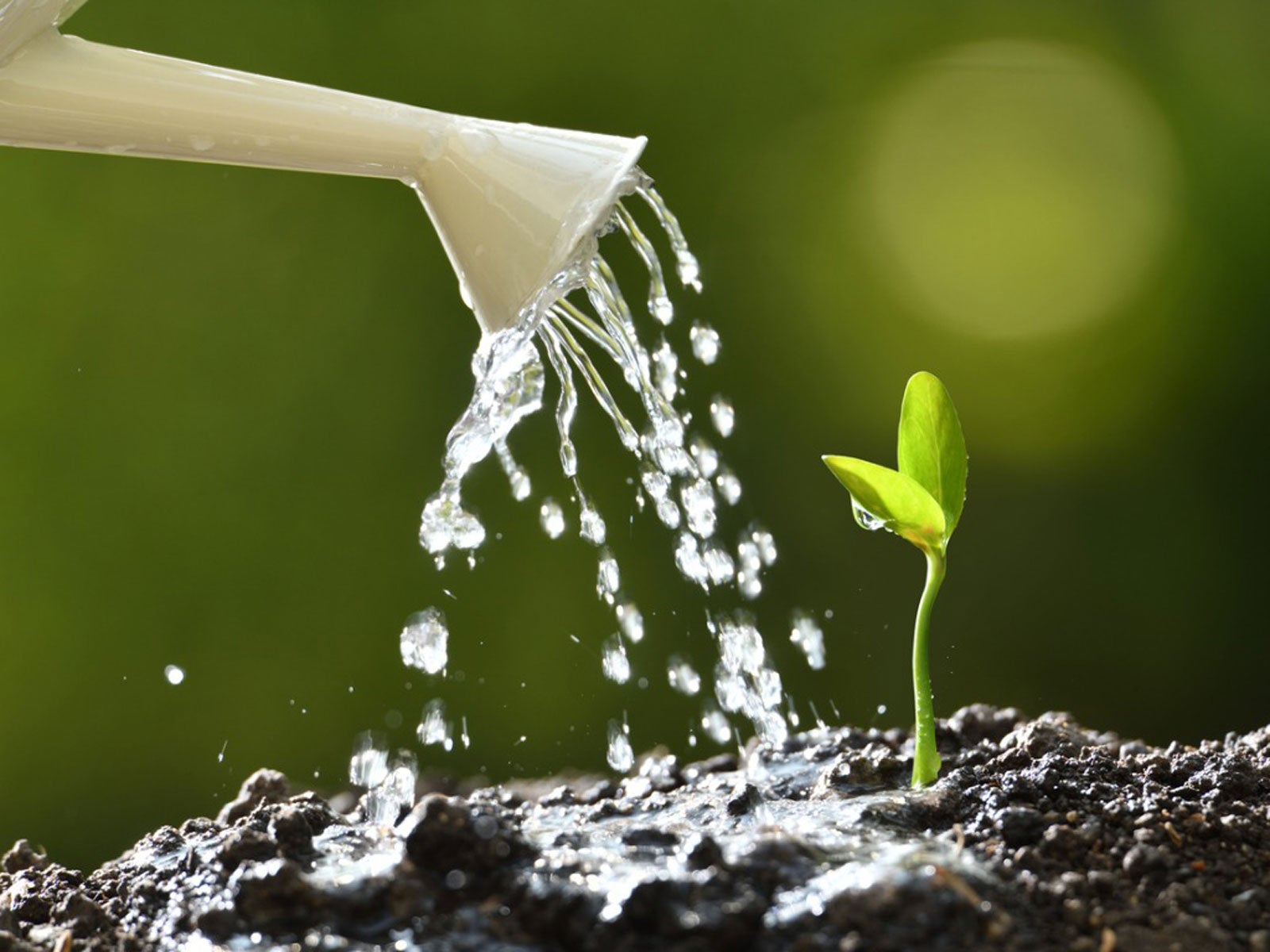
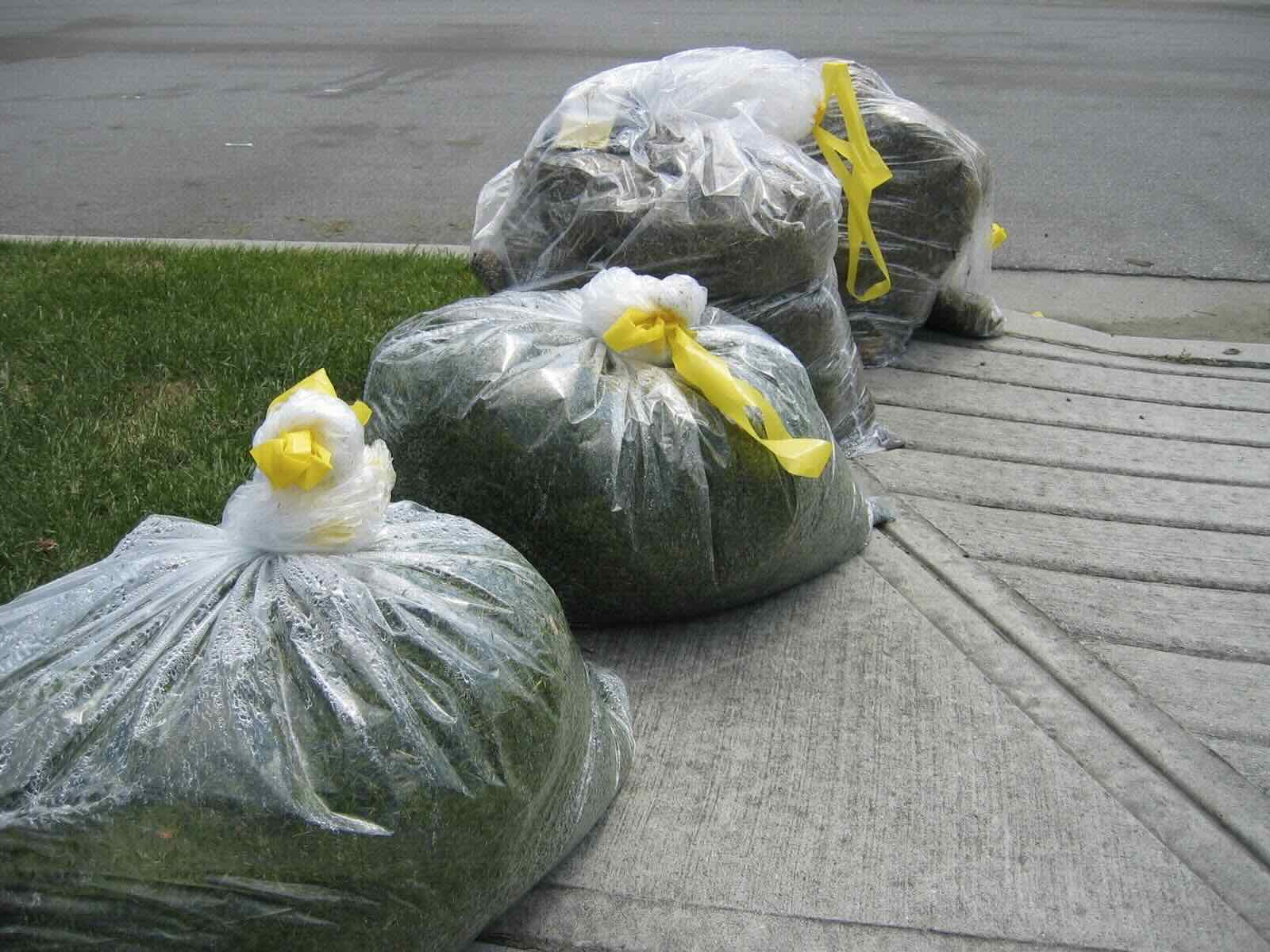
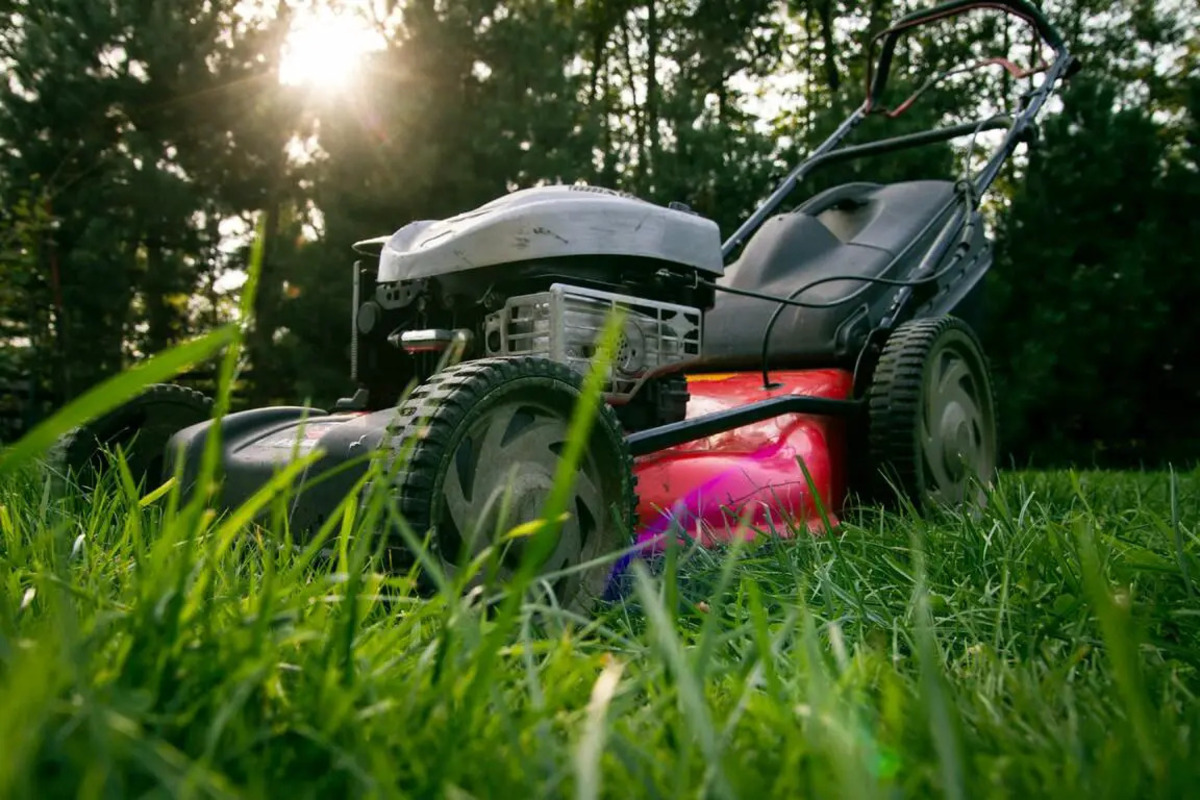
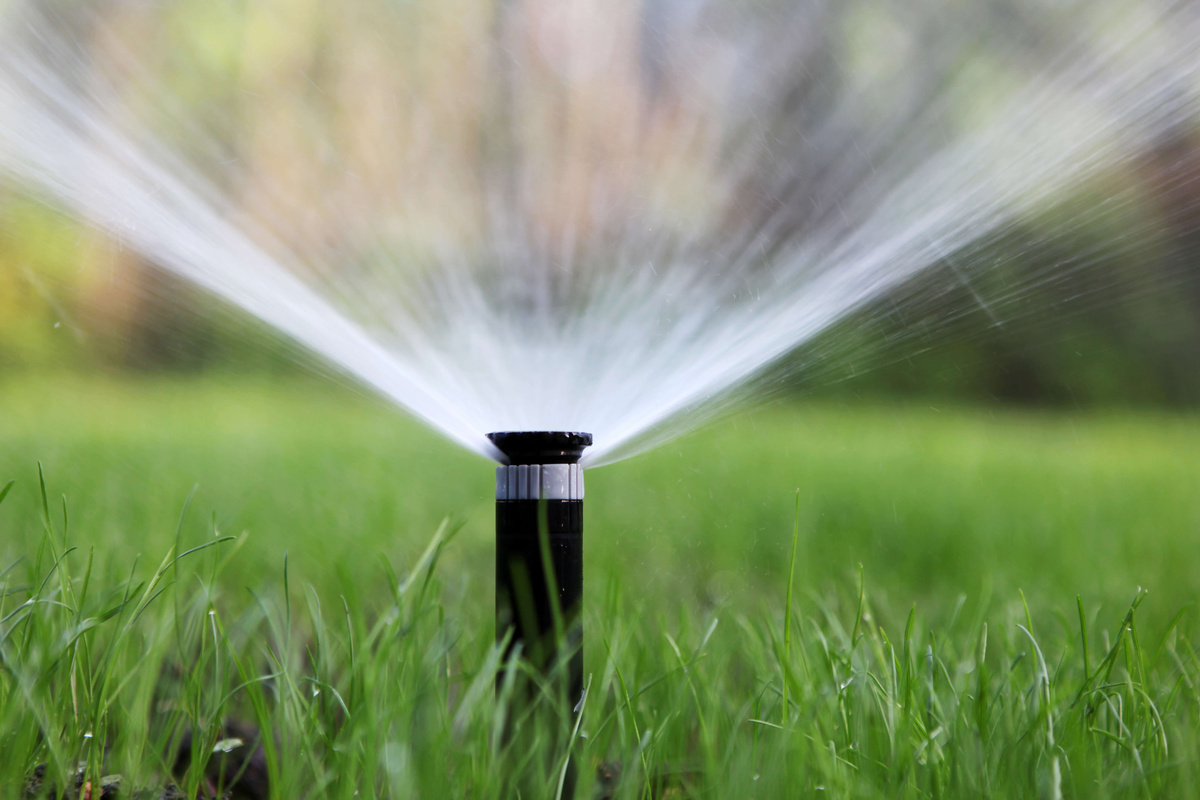
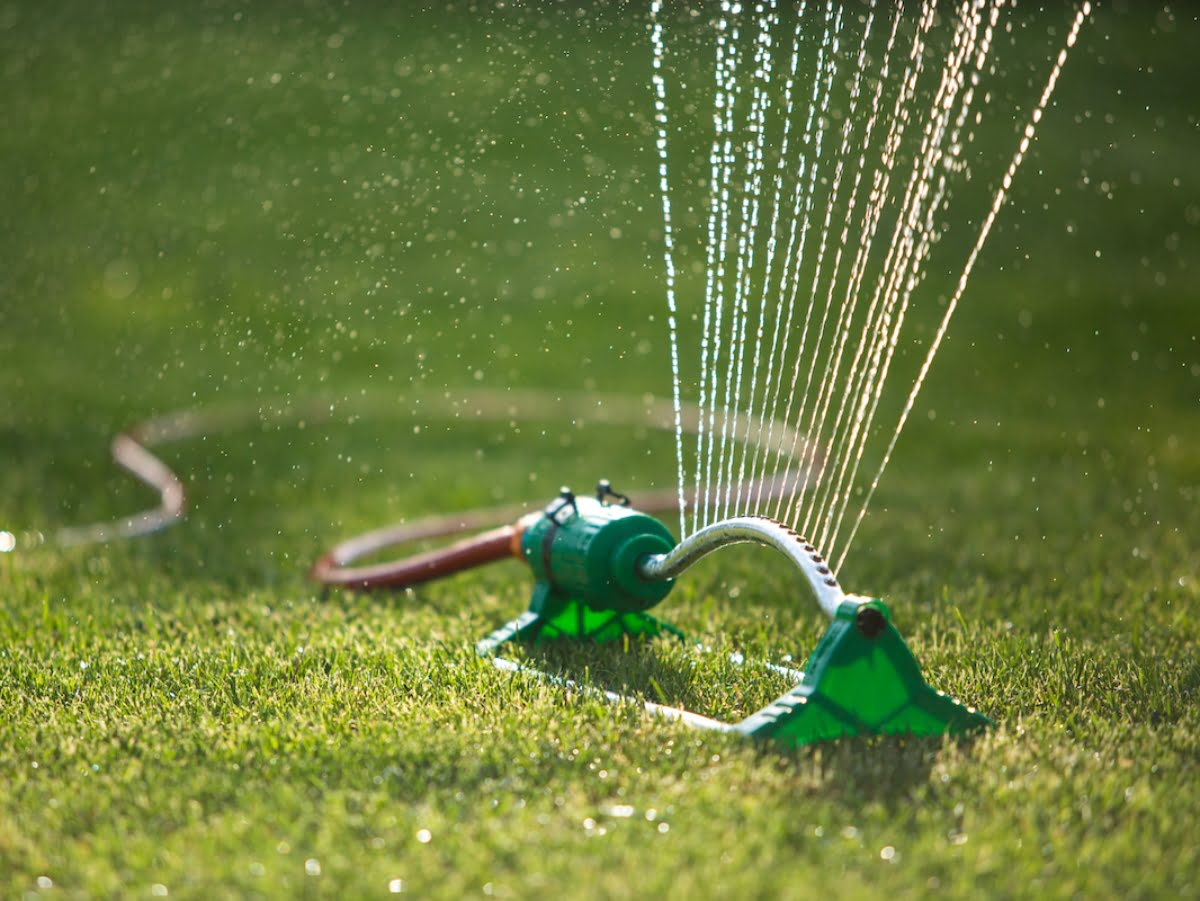
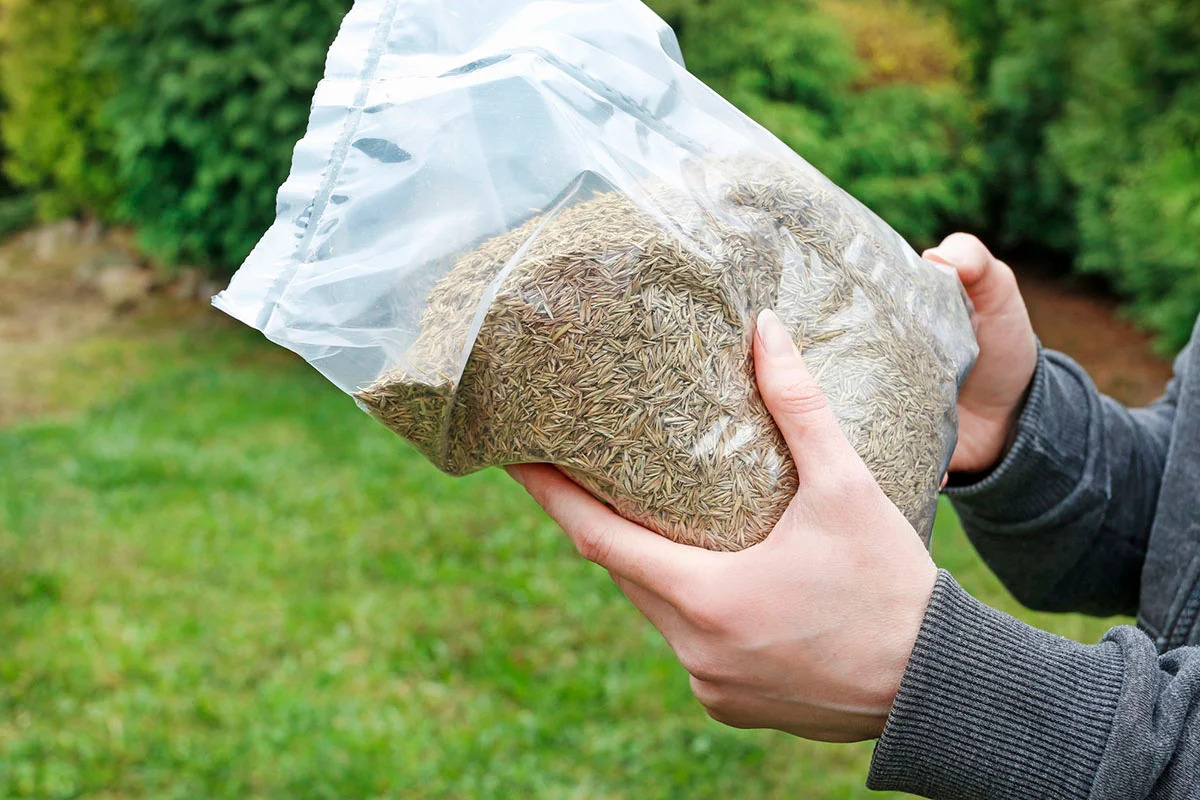

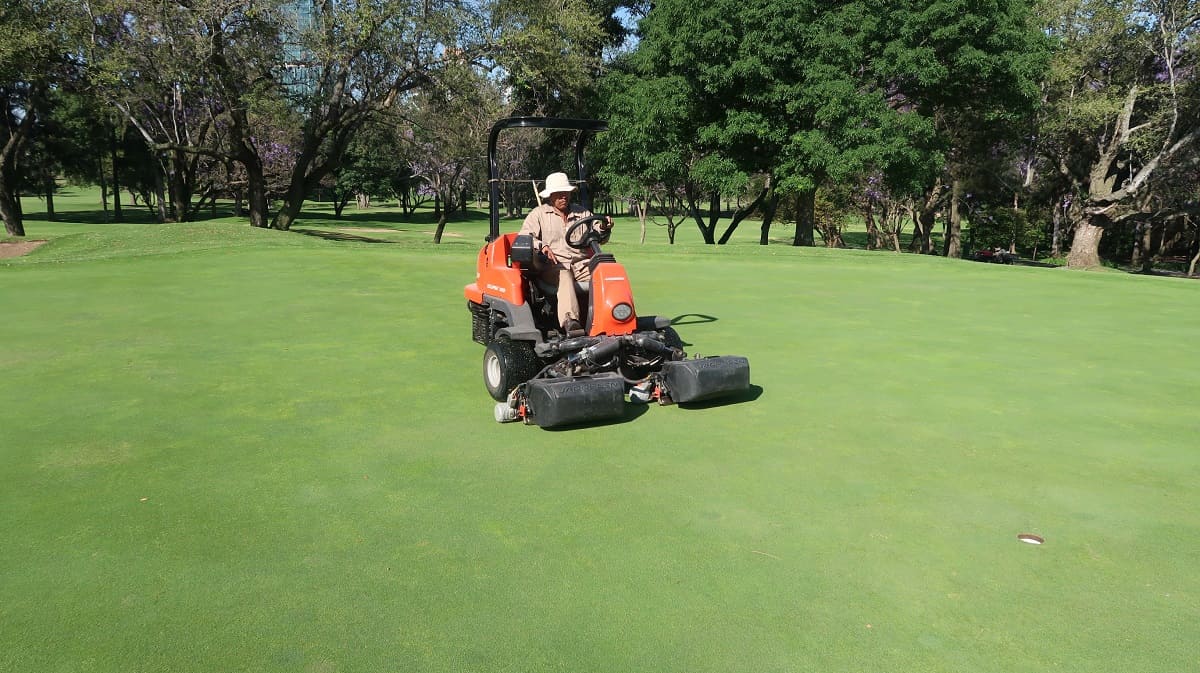

0 thoughts on “How Often To Bag Your Grass”